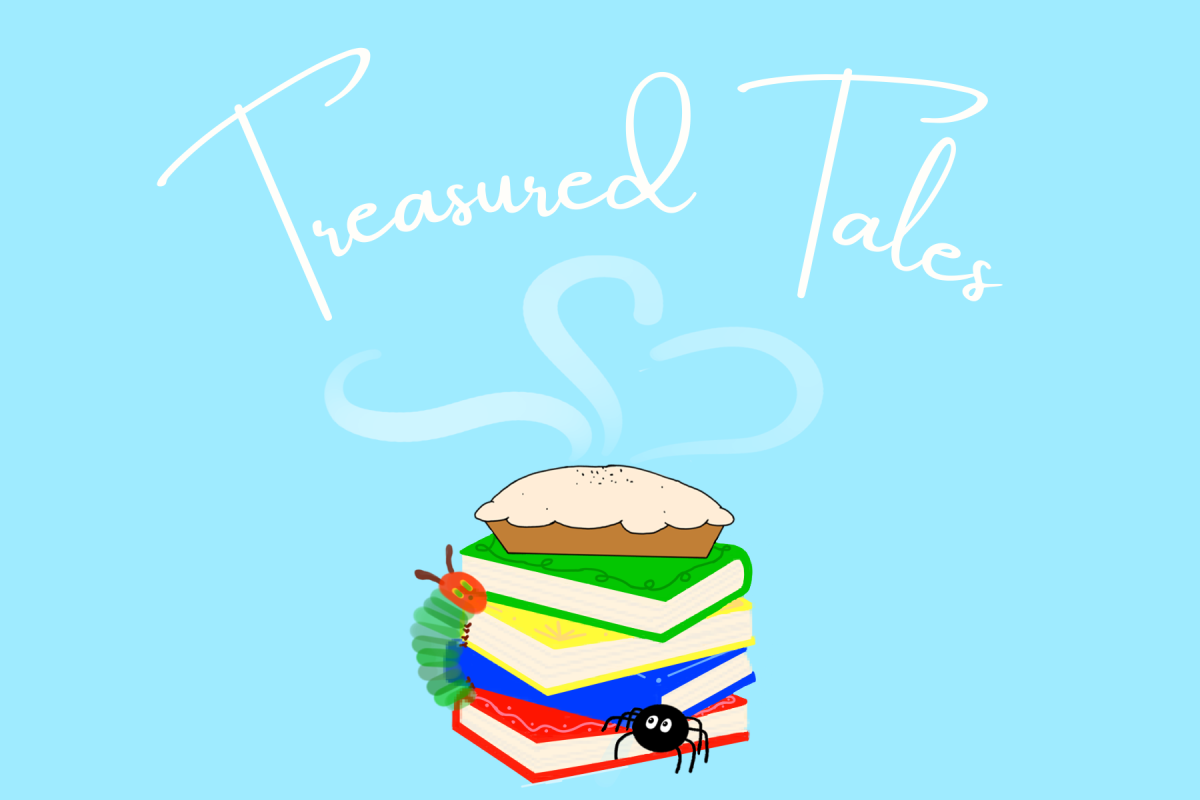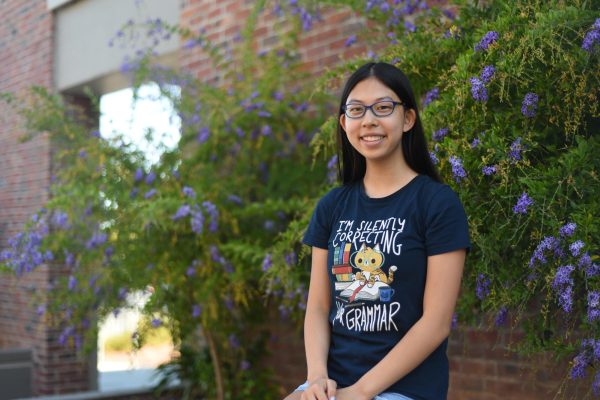Mihir Sharma – Charlotte’s Web
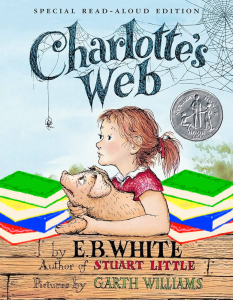
When assigned to discuss his favorite childhood book in his literature class, senior Mihir Sharma knew exactly what his decision would be. From the first time he discovered “Charlotte’s Web” by E. B. White at nine years old, he felt an immediate connection to the book and has reread it numerous times.
“Charlotte’s Web” is the story of an unlikely friendship between a pig named Wilbur and a spider named Charlotte who both live on a farm. When Wilbur is sentenced to be slaughtered, Charlotte uses her webs to weave words and phrases in praise of Wilbur to trick his owners into keeping him alive.
Sharma remembers reading the story during naptime and in his elementary school library, and he says it became one of his comfort books. Charlotte’s actions and kindness made an impression on him, and he feels the story made him value friendship and taught him to be a better person.
“I think Charlotte is a really good depiction of a hero,” Sharma said. “Even though she was going through a lot of things, she still managed to put others before herself. She still managed to use her creativity in the web to save Wilbur’s life.”
Sharma admires many of the messages the book conveys, like being a good friend and putting others before oneself. However, he believes the central lesson of “Charlotte’s Web” is to use one’s talents and gifts to help others even when one is struggling.
“Even if you can make some impact, it’s worth it,” Sharma said. “Even if you can’t affect all of the population, you can still make an impact with a single individual.”
Laura Utile – Amelia Bedelia
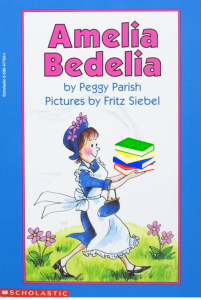
Growing up, librarian Laura Utile loved to read. As a child, her favorite books included stories like “The Mouse and the Motorcycle” and “Frances the Badger.” She notes that many of her favorite books as a child were adventure books that typically involved animals, partially because she had to take care of her brother’s cat and stuffed animals when he went to college, but also because personified animals always fascinated her.
However, it was the “Amelia Bedelia” series, written by Peggy Parish, that stuck with Utile the most throughout her life even though it did not feature animals as the main characters. She was first introduced to the story in first grade by her school librarian, and she says she still keeps a copy of the book that she read to her children when they were younger.
“Amelia Bedelia” features a maid who works for a wealthy couple, Mr. and Mrs. Rogers. The people around her often use figures of speech while talking to her, and Amelia Bedelia, the titular character, often misunderstands and takes their idioms literally.
Because Utile is 10 years younger than her brother, she would often misunderstand him or take the things he said literally. Utile says the character of Amelia Bedelia resonated with her and made her feel better about her misunderstandings.
“It gave me confidence that it’s okay to make mistakes,” Utile said. “It made me feel better about myself – that it’s okay to misunderstand things and people can be kind with your misunderstandings.”
Yuktha Prasanth – The Very Hungry Caterpillar
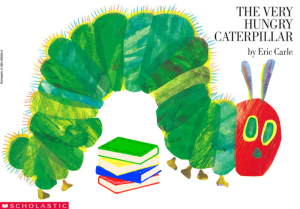
An avid reader since preschool, junior Yuktha Prasanth often browsed the shelves of her preschool mini-library, searching for books to read. However, she often returned to one of her favorites, “The Very Hungry Caterpillar,” by author and illustrator Eric Carle. She has especially vivid memories of staring at the colorful pages of her favorite story and recalls reading it countless times, which she feels is a shared experience for many children.
The story follows a very hungry caterpillar who recently hatched from his egg and began searching for food to eat, the quantity of which increases over a single week. Finally, he is full enough to form a cocoon and emerge as a butterfly.
Prasanth particularly liked Eric Carle’s unique collage art style, made up of various vibrant and patterned pieces of paper, noting that it was pleasing to her eyes. She says she wishes she had a copy at home, and that she would reread it occasionally just to feel the nostalgia of her childhood. Even though she was around four or five years old when she first picked up the book, she can still recall many of her original reactions to the book.
“I remember thinking ‘Wow, this is one really hungry caterpillar,’” Prasanth said. “Also, the foods that the caterpillar would eat looked really yummy and I thought the caterpillar was cute.”
Despite her young age, the book has left a lasting impression on Prasanth’s life. One of her most important values in life is to never waste food, and she says the book taught her to enjoy eating.
“I’m a really privileged kid to live in an area like this and have all the resources that my parents provide for me,” Prasanth said. “Even having food on the table, because I know that’s hard for certain groups of people. So the book made me realize the importance of food and I became less of a picky eater because of it.”



